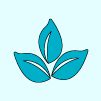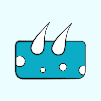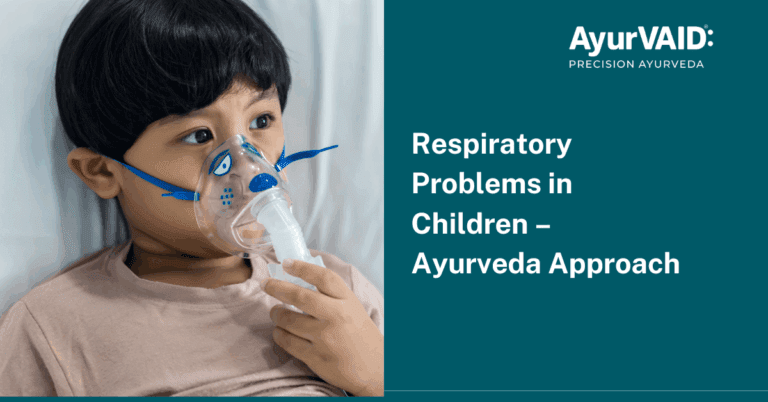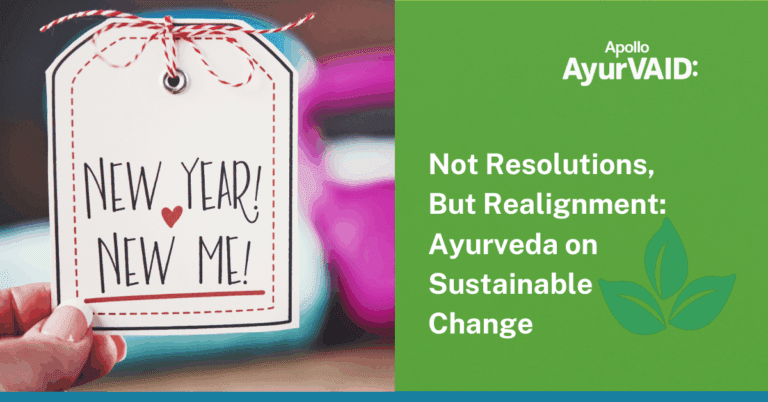Introduction
A stroke happens when blood flow to any part of the brain is interrupted or significantly reduced. Ischemic Stroke, Haemorrhagic Stroke, and Transient Ischemic Attack (TIA) are the three major types of strokes. Ischemic Stroke, the most frequent type, occurs when a blood vessel supplying the brain is blocked. Hemorrhagic Stroke is characterized by a damaged brain blood vessel that bleeds while TIA is a mini-stroke – a temporary interruption of blood supply, which comes with the risk of subsequent strokes.
The management of stroke involves rehabilitation, followed by the management of life-threatening symptoms as soon as possible. Preventive care is usually incorporated into the management of Hemorrhagic Stroke, which entails controlling bleeding and brain swelling. If one has to take an umbrella approach, then Ayurveda for stroke proposes treatments that focus on rehabilitating damaged nerves and eliminating imbalance. In this blog, we will explore Ayurvedic treatments for stroke, such as Panchakarma, and internal medicines that can enhance the quality of life of stroke patients.
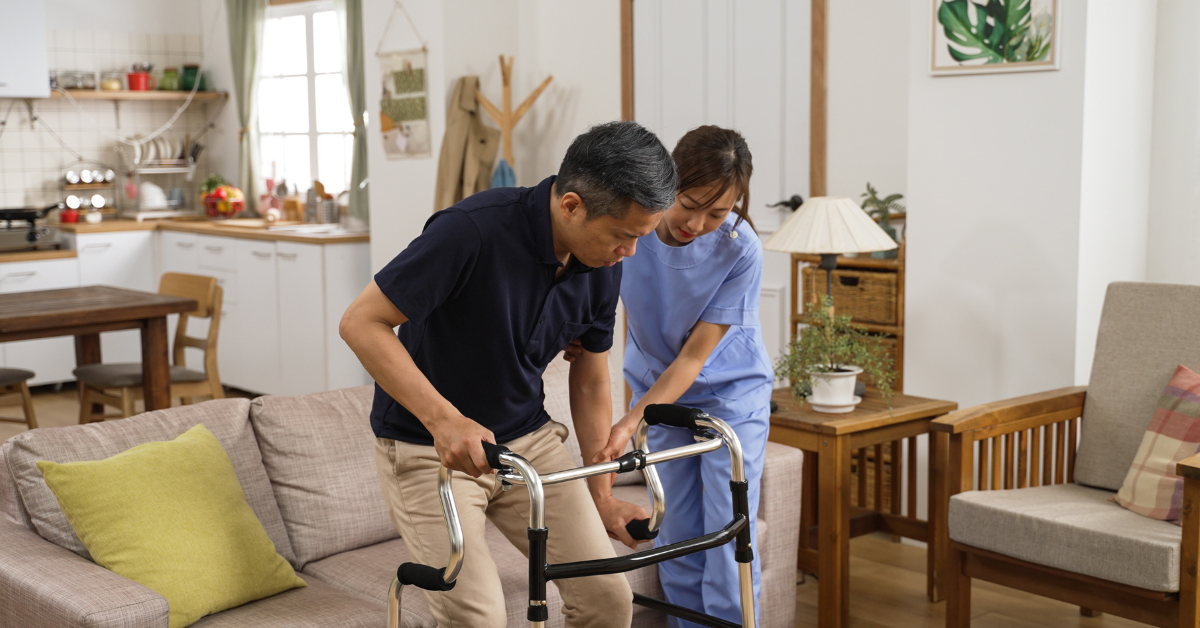
The Effect of Stroke
The effects of stroke on the body depend on the severity and site affected. The physical symptoms of the disease are paralysis or weakness, muscle stiffness, and fatigue. Other common problems include balance and coordination disorders, dysphagia, and altered bladder or bowel control. Some of the side effects include: Sensory changes like numbness of the face, vision changes, loss of sensation in the face, Aphasia, memory problems, depression, or anxiety. Headache or neuropathic pain and seizures may also occur.
Management of Stroke
Stroke is managed by emergency medicines soon after the onset, specific pharmacological treatment based on the type, and physical, occupational, speech, and language therapies to address the resulting deficits. Ischemic strokes need urgent recanalization by intravenous thrombolysis and mechanical thrombectomy. Management of Hemorrhagic strokes is done by controlling bleeding and decreasing intracranial pressure by reducing blood pressure and surgery. Act FAST – to identify the signs of stroke; Face droop, Arm weakness, Speech difficulty, and Time to call an ambulance. Seeking medical help as soon as possible enhances the success rate of stroke treatment. Rehabilitation after a stroke brings the patient to a near-normal life and prevents recurrence. It includes Ayurveda treatments, physiotherapy, occupational therapy, speech and language therapy, etc. Ayurvedic treatment for stroke rehabilitation adopts an integrative approach which includes Panchakarma, internal medicines, and lifestyle modifications. Preventive measures, such as managing underlying conditions, adhering to a balanced diet, engaging in regular physical activity, and avoiding smoking and excessive alcohol consumption are also recommended.
Ayurveda for Stroke
Ayurveda care for stroke begins after the acute phase is managed with emergency medicines and the patient’s vital signs are stabilized. The first few weeks following a stroke are critical for recovery, as this period typically sees the most significant improvement. Post-stroke integrative rehabilitation and step-down care are the 2 major programs designed for stroke survivors to improve their quality of life and aid them in becoming independent. Treatments include Nasya (oil instillation in nostrils), Abhyanga (oil therapy), Swedana (fomentation), Dhara (pouring oil or medicated decoction over the body), Lepana (paste application), Snehana (internal and external oleation), Virechana (therapeutic purgation), and Vasti (enema).
Nasya bypasses the blood-brain barrier, while Abhyanga and Swedana improve circulation, muscle tone, and cognitive recovery.
Virechana promotes metabolic toxin elimination and gut-brain communication, while Vasti balances aggravated doshas and enhances nerve function, muscle strength, and mobility.
Management of Haemorrhagic Stroke
The comprehensive management of hemorrhagic stroke includes initial evaluation and imaging, blood pressure control, surgical intervention, monitoring and treatment of complications, and post-stroke rehabilitation and secondary prevention. Neuroimaging is essential in the diagnosis and evaluation of bleeding, and the faster the process the better. Suspicious lesions, hematomas, and abscesses may require surgical intervention. Some complications can be managed, while others require further treatment or post-stroke rehabilitation to avoid recurrence.
In Ayurveda, hemorrhagic stroke is treated holistically with Panchakarma therapies and internal medications, all focused on the path of recovery (once the life-threatening aspect is addressed with first aid and basic vital signs are stabilized). The three stages of therapies include Ama Nirharana (removing metabolic toxins), Vata Shamana (Balancing Vata), and Brimhana (Nourishment). The treatment aims to decrease intracranial pressure, balance the three doshas, and increase motor functions, muscle power, and movement.
Following are the specific Panchakarma therapies employed
- Sarvanga Dhanyamla Seka: This therapy involves pouring warm fermented medicinal liquid over the body, which helps improve circulation and reduce inflammation.
- Sarvanga Abhyanga: A full-body massage using medicated oils to enhance blood flow, reduce muscle stiffness, and promote relaxation.
- Sarvanga Shastika Shali Pinda Sweda: A sudation therapy using boluses of cooked rice dipped in herbal decoctions and milk, that nourishes tissues and improves muscle strength.
- Taila Dhara: A continuous stream of medicated oil is poured over the body or forehead, calming the nervous system and aiding in neurological recovery.
- Vasti: Administration of medicated oil or ghee into the rectum to balance doshas.
Internal medicines with Sheeta Guna (cooling properties) are incorporated to balance Vata and Pitta. Additionally, Rakta Prasadaka (blood-purifying medicine) is utilized. In the later stages, medications are prescribed to reduce inflammation, enhance circulation, and promote neural regeneration.
The key outcomes to expect from the Apollo AyurVAID treatment approach include
- Reduced Stiffness, Pain and Deformity
- Early Restored Cognition and Consciousness
- Early Sensory and Motor Stimulation
- Help Muscle Nutrition and Strengthening
- Facilitate Comprehension and Articulation of Speech
- Improved Bowel and Bladder Control
- Ability to Perform Daily Activities by Self
- Significant Improvement in Quality of Life

Conclusion
Stroke management is a multi-dimensional intervention process, that constitutes an emergency need for medical treatment and well-tailored treatments, as well as a program of comprehensive rehabilitation. Modern medical technology provides important acute care but comprehensive recovery requires holistic approaches, such as Ayurveda, focusing on neurological restoration, balance, and overall patient wellness. Successful stroke management requires a comprehensive approach consisting of emergency medical procedures, targeted rehabilitation, changes in lifestyle, and preventive care. The ultimate goal is to minimize neurological damage, restore patient functionality, and improve quality of life through personalized, comprehensive treatment protocols.
References
- American Stroke Association. (no.date.). Effects of stroke. Retrieved from https://www.stroke.org/en/about-stroke/effects-of-stroke
Verma, P et al. (2021). Management of Pakshaghata (Hemiplegia due to basal ganglia bleed) through Panchakarma: A case study. Journal of Indian System of Medicine, 9, 39 – 44. https://doi.org/10.4103/JISM.JISM_84_20
BR, A et al. (2024). Ayurvedic management of Acute Cerebro Vascular Accident due to Hypertensive Bleed (Pakshaghata): A Case Report. Journal of Ayurveda and Integrated Medical Sciences. https://doi.org/10.21760/jaims.9.6.49
Sirisaen, K et al. (2024). Development and Implementation of a Clinical Nursing Practice Guideline for Prevention and Management of Increased Intracranial Pressure in Hemorrhagic Stroke Patients. SAGE Open Nursing, 10. https://doi.org/10.1177/23779608241303025
Veena G. Rao, Apoorva M.S., Manasa S.D. Ayurvedic management of Hemorrhagic Stroke : A Case Report. J Ayurveda Integr Med Sci 2024;1:309-313. http://dx.doi.org/10.21760/jaims.9.1.49

